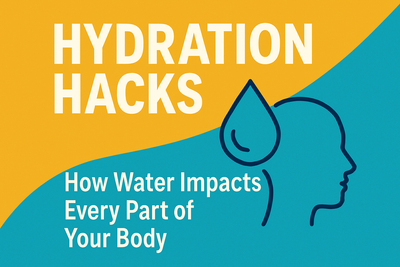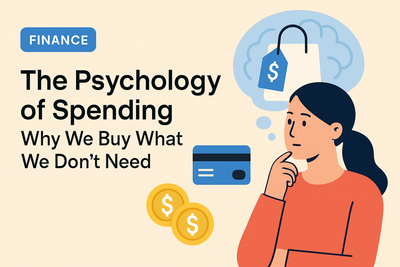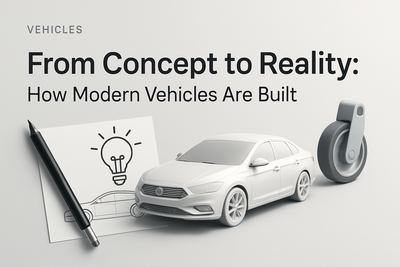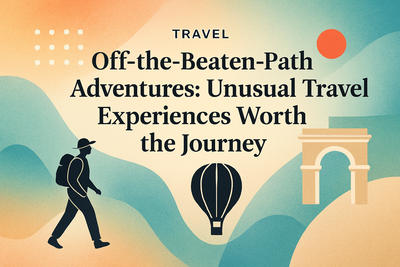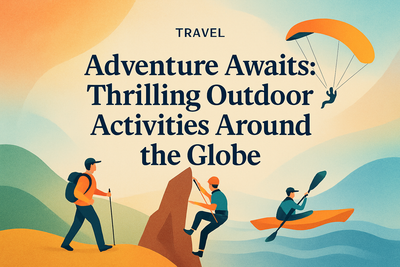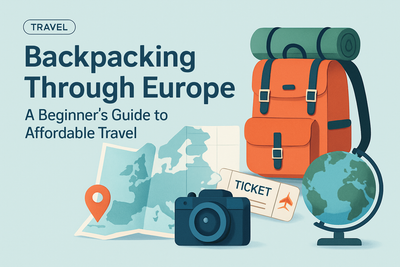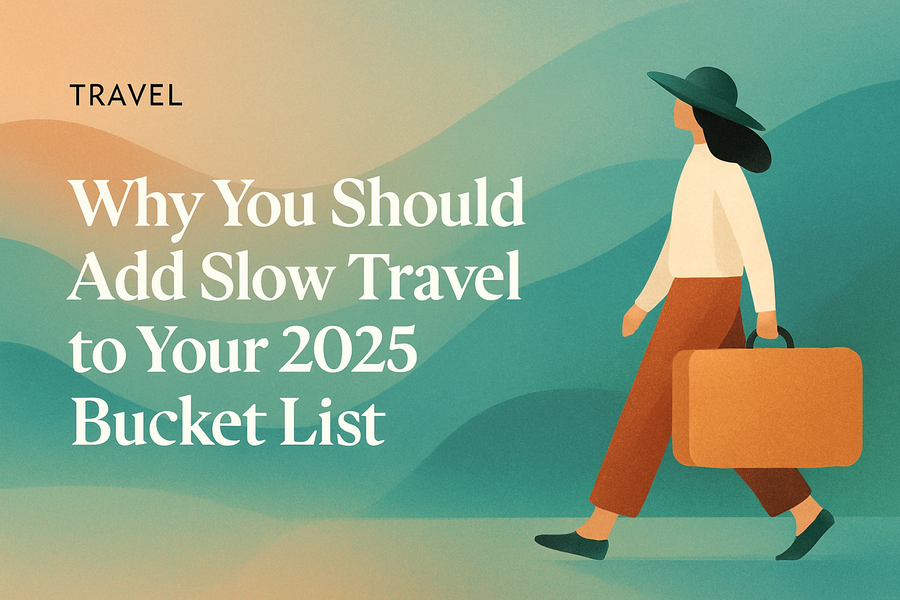
Introduction
In a world obsessed with speed, itineraries packed with back-to-back sightseeing, and social feeds filled with lightning-paced adventures, a counter-trend is quietly gaining momentum: slow travel. As we approach 2025, it’s the perfect time to rethink how we explore the world—not just where we go, but how we get there, how long we stay, and how deeply we connect. If you're planning your next big adventure, here’s why slow travel deserves a top spot on your bucket list.
What Is Slow Travel?
Slow travel is all about quality over quantity. Rather than hopping from one tourist hotspot to another, slow travel encourages you to immerse yourself in a destination—its culture, people, food, and daily rhythms. It's less about ticking boxes and more about creating meaningful experiences. Think spending two weeks in a Tuscan village learning Italian cooking, rather than racing through five European capitals in seven days.
Benefits of Embracing Slow Travel
1. Deeper Cultural Connections
Staying longer in one place opens the door to genuine cultural exchange. You’re more likely to meet locals, learn customs, and understand the nuances of a place. This kind of connection often leads to unforgettable memories and even lifelong friendships.
2. Reduced Environmental Impact
Fewer flights and shorter journeys mean fewer carbon emissions. Slow travel often emphasizes public transportation, walking, or cycling, making it a more sustainable way to see the world.
3. Less Stress, More Joy
Constant travel can be exhausting. Slow travel allows for relaxation and spontaneity. With a more flexible schedule, you’ll actually have time to enjoy the moment—whether it’s sipping coffee on a quiet street or spending an afternoon at a local market.
4. Supports Local Economies
By staying in locally-owned accommodations, eating at neighborhood restaurants, and shopping at small businesses, you're boosting the local economy and contributing to a more equitable travel industry.
5. Personal Growth and Mindfulness
Slow travel invites introspection. It’s not just about where you go; it’s also about how the experience changes you. When you travel slowly, you give yourself the space to reflect, grow, and truly absorb your surroundings.
Tips for Planning a Slow Travel Adventure in 2025
- Choose One or Two Destinations: Focus on depth rather than breadth. Spend more time in fewer places.
- Stay in Local Accommodations: Skip the chain hotels and opt for guesthouses, Airbnbs, or eco-lodges.
- Learn the Language Basics: Even a few words can go a long way in making connections.
- Use Public Transportation: Trains, buses, and bicycles offer a closer look at everyday life than taxis or rental cars.
- Be Open to Spontaneity: Leave room in your itinerary for unexpected detours and discoveries.
Conclusion
As 2025 approaches, travel trends are shifting toward experiences that are enriching, sustainable, and thoughtful—and slow travel is leading the charge. It’s more than a style of travel; it’s a philosophy that prioritizes connection over consumption. So when you draft your bucket list for the new year, consider trading the race for the relaxed. Embrace slow travel, and discover a whole new way to see the world.


